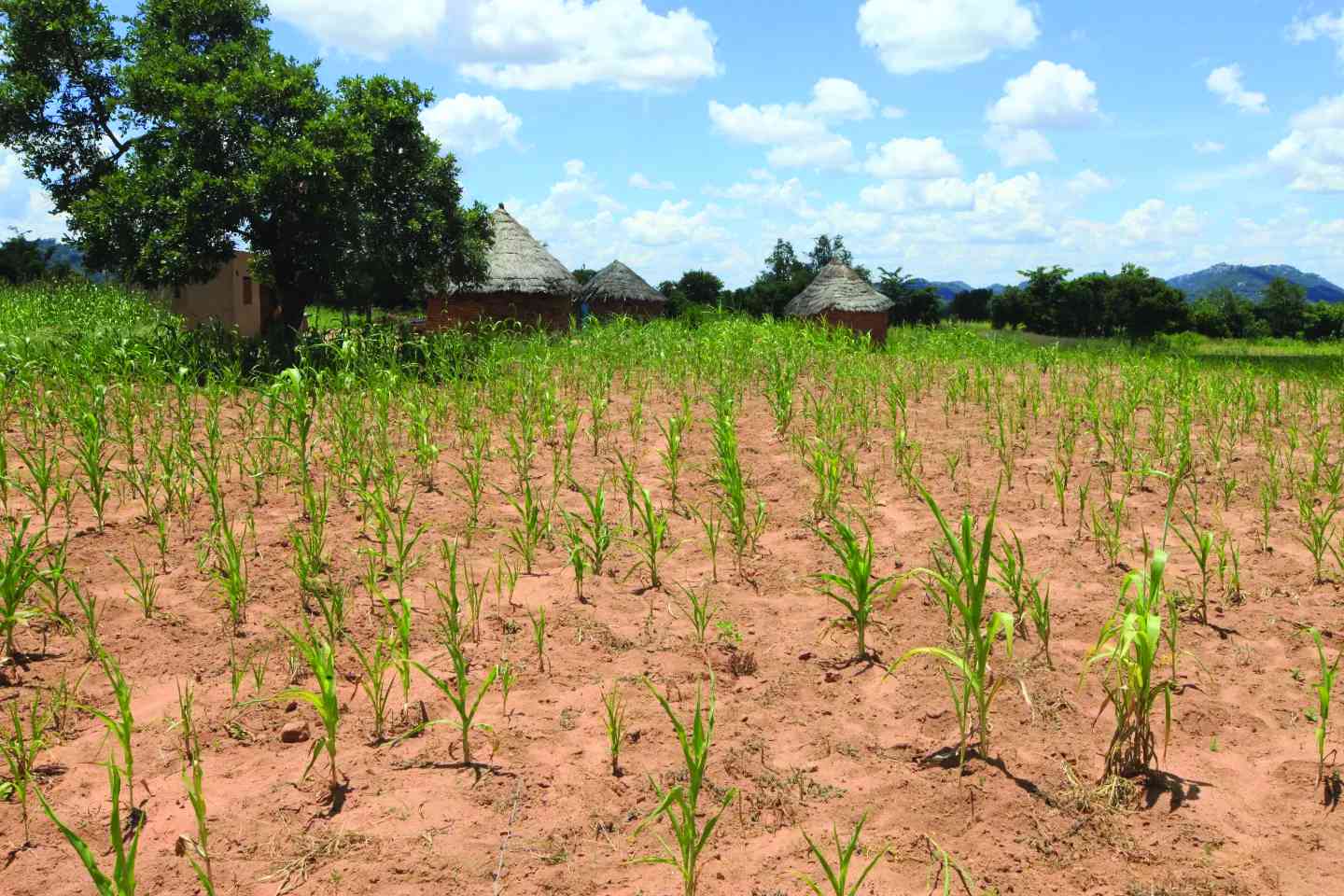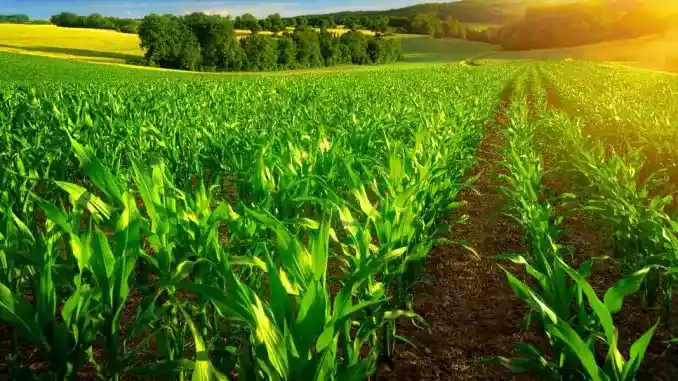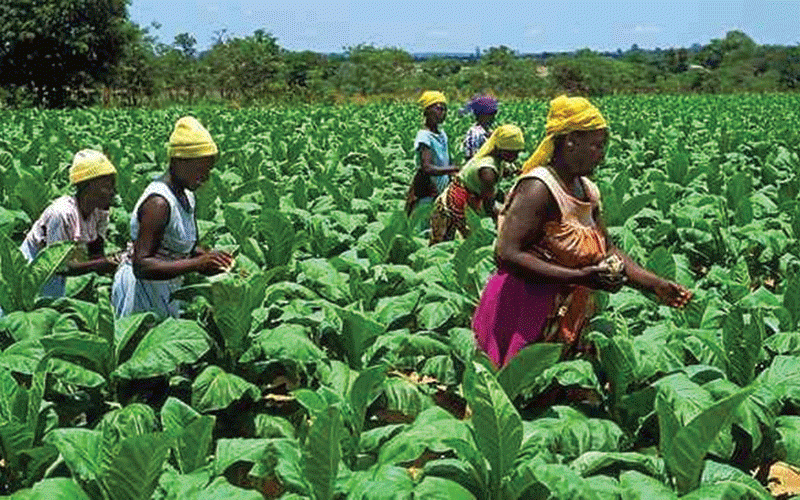
FOOD security initiative, the Famine Early Warning Systems Network (Fews Net), has warned of a massive cereal shortage for southern Africa, with Zimbabwe facing a 60% maize deficit owing to the El Niño phenomenon.
The alert comes as the 2023/24 agricultural season has been wrecked by an El Niño-induced drought, with average to below normal rains.
In the recent alert dated August 13, Fews Net said since last November, the organisation had warned that the El Niño phenomenon in 2023/24 would most likely result in drought-induced and below-average 2024 harvests across much of southern Africa.
This included the region’s two key suppliers, South Africa and Zambia.
“Indeed, a historic dry spell and above-average temperatures in early 2024 led to well below-average maize harvests across the region, ranging from a 10% deficit in South Africa to a 60% deficit in Zimbabwe compared to their respective five-year averages, according to national government and Fews Net estimates,” it said.
"As of August, many poor households in the region have either nearly or completely exhausted their stocks from the 2024 harvest and are increasingly resorting to unsustainable coping strategies or experiencing food consumption gaps.
“Most of Zimbabwe, southern Malawi, southern and central Mozambique, southern Angola and conflict-affected areas of the DRC [Democratic Republic of Congo] are of highest concern.”
Fews Net said governments, donors, humanitarian partners and other stakeholders should rapidly mobilise now to respond to high food assistance needs through early 2025.
- Zim hit by grain shortage
- Lower Gweru villagers appeal for food aid
- Hunger stalks region
- Food crisis looms in Sadc
Keep Reading
“The poor harvest across the region including in South Africa (10% below average) and Zambia (50% below average) has resulted in tight regional maize market supply. South Africa’s diminished surplus is sufficient to meet the import needs of Botswana, Lesotho, Namibia and Eswatini and Tanzania’s above-average surplus is also expected to partially mitigate regional supply deficits.”
Fews Net however, estimated that at least an additional three million tonnes of imported maize is necessary to meet total regional demand.
“While several countries are in the process of securing contracts to import maize from international markets, particularly in South America, constrained regional market supply is driving inflated maize prices, with prices in most markets trending well above both last year and the five-year average despite seasonal declines in the post-harvest period,”Fews Net said.
“In Malawi and Zimbabwe, for example, maize grain prices are already around 130%-150% above average for this time of year.”
Fews Net said despite La Niña associated with favourable rainfall in the southern Africa region expected in the September-November period, the long-term impacts of El Niño would persist during the October 2024 to March 2025 agricultural season.











